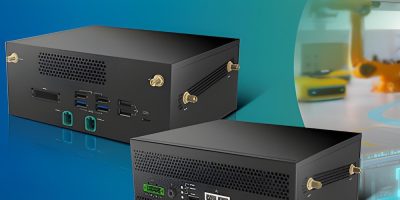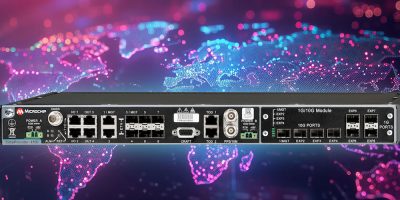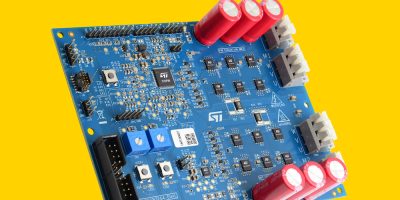Advantech has announced the release of the ARK-1125 series, a new line of palm-size fanless box PCs powered by Intel’s latest N200 (from the N-series) and X7211E (from the X-series) processors. The ARK-1125 series features ultra-compact, ruggedised units designed to operate in a wide temperature range (-30 ~ 60°C; -22 ~ 140°F). Despite their small size (133 x 46.4 x 94.2mm; 5.24″ x 1.83″ x 3.71″), these box PCs offer plenty of connectivity options to link with various devices and peripherals, making them suitable for most factory automation needs.
The ARK-1125 series also supports integration with M.2 AI accelerator cards, 5G/LTE, Wi-Fi modules, and NVMe SSDs, enabling real-time intelligence and boosting efficiency and productivity in factory and smart city applications. On top of all that, on-board TPM 2.0 and DeviceOn software provide one more layer of security and remote management capabilities. With their palm-size form factor, rugged design, wide operating temperature range, and IP4X rating, these box PCs are perfect for space-constrained applications such as manufacturing conveyors and kiosks.
The ARK-1125 series comes in two configurations with varying I/O to suit different application scenarios.
Human Machine Interfaces: ARK-1125H
The ARK-1125H model features an Intel® N200 (Alder Lake N) processor and supports 16GB of DDR5-4800 memory. It offers plenty of external I/O options for connecting peripherals, including 2 x GbE (up to 2500 Mbps), 2 x RS-232/422/485, 2 x USB 3.2, 2 x USB 2.0, and 2 x HDMI ports. Additionally, the ARK-1125H supports Wi-Fi and 5G modules and includes selected wireless modules certified by RED for EU countries. This version is also certified for ChromeOS Flex, ARK-1125H, making it suitable for a range of businesses and enterprise applications, including interactive AI applications. The compact size of the ARK-1125H allows it to be installed in space-limited environments like kiosks. It features dual GbE and dual HDMI ports for network and display connections. Its wireless communication capabilities are perfectly suited to meet the demands of data upload and download for kiosk applications.
Industrial Automation: ARK-1125C
The ARK-1125C model features an Intel® x7211E (Alder Lake N) processor and supports 16GB of DDR5-4800 memory. Its versatile external I/O options enable various connections, including 4 x RS-232/422/4851, 1 x GbE (up to 2500 Mbps), 2 x USB 3.2, 2 x USB 2.0, and 1 x HDMI port. Internal interfaces include M.2 2230 E-Key, 2242 M-Key and 2280 B-Key slots, supporting NVMe SSDs, wireless modules, and AI accelerator cards such as the HAILO 8, with an M.2 form factor, enabling AI applications at the edge in smart factories. Moreover, ARK-1125C, with its selected memory and SSD, is Energy Star certified, ensuring power and cost savings while promoting environmentally friendliness.
Customisation services
For customers requiring customised solutions, Advantech’s European DMS team offers a wide range of local design and manufacturing services.
https://www.advantech.com/






